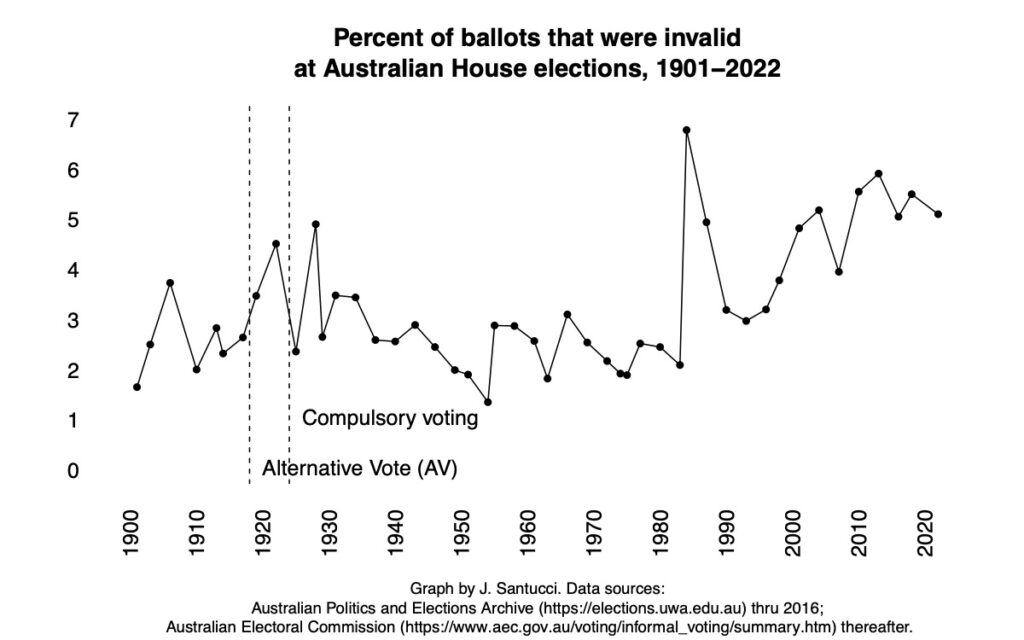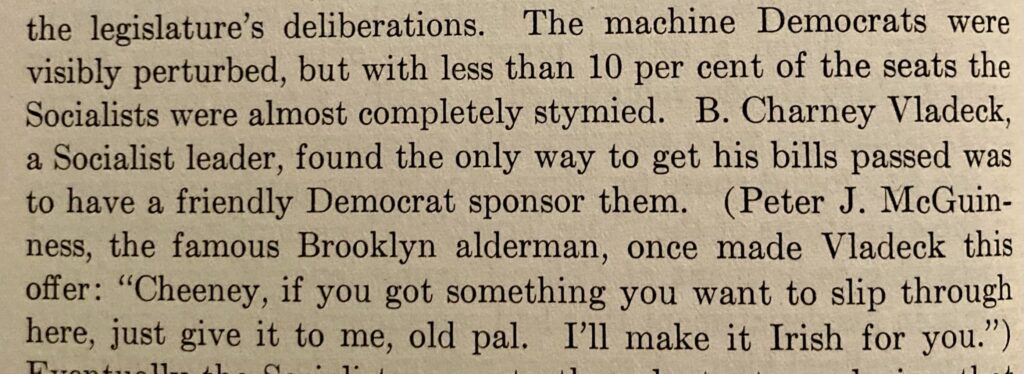Nick Troiano’s new book is an engaging read. Here are a few thoughts with the caveat that I am still working through it.
1. With Gehl and Porter (2020) it argues for the jungle primary as a way to “fix to our political dysfunction […] without the unlikely passage of new federal laws or constitutional amendments.” So, we are asked to accept the premises that federal-level electoral-system change is a no-go… or at least a long time off… requiring state/local demonstration cases.
2. Readers are assumed to agree that “our political system is broken.” It’s clearly not working well right now, but that could change. I have pressed this point a few times with ‘primary reform’ backers — realignment itself is a path ‘out.’ That would be a case of our so-called Madisonian system doing what it was expected to do.
3. Do benefits of the proposed reforms therefore outweigh the costs? I am not a fan of utilitarian moral reasoning, but I do appreciate that leaders sometimes have to engage in it. So, my last two points cover costs.
4. The book claims an absence of “any credible research” that RCV has disparate impact, in whatever terms, on communities of color. This is overly dismissive (at best). I encourage readers to come to their own conclusions after an hour or two with Google Scholar.
5. The book attributes to me (p. 137) the same conventional wisdom I sought to challenge with respect to STV’s repeal. So, two years’ getting and punching archival data into Excel seems to have left that debate where it was before the work began in 2014. Addendum: here is what I actually argued.
6. There are a few invocations of the one-dimensional spatial perspective. That is to be expected in a work of advocacy. It might even be expected when political scientists get called on to redesign institutions. Analytic work on electoral reform, however, has been moving away from this perspective.
As I said, I am still reading, and the book is engaging.

